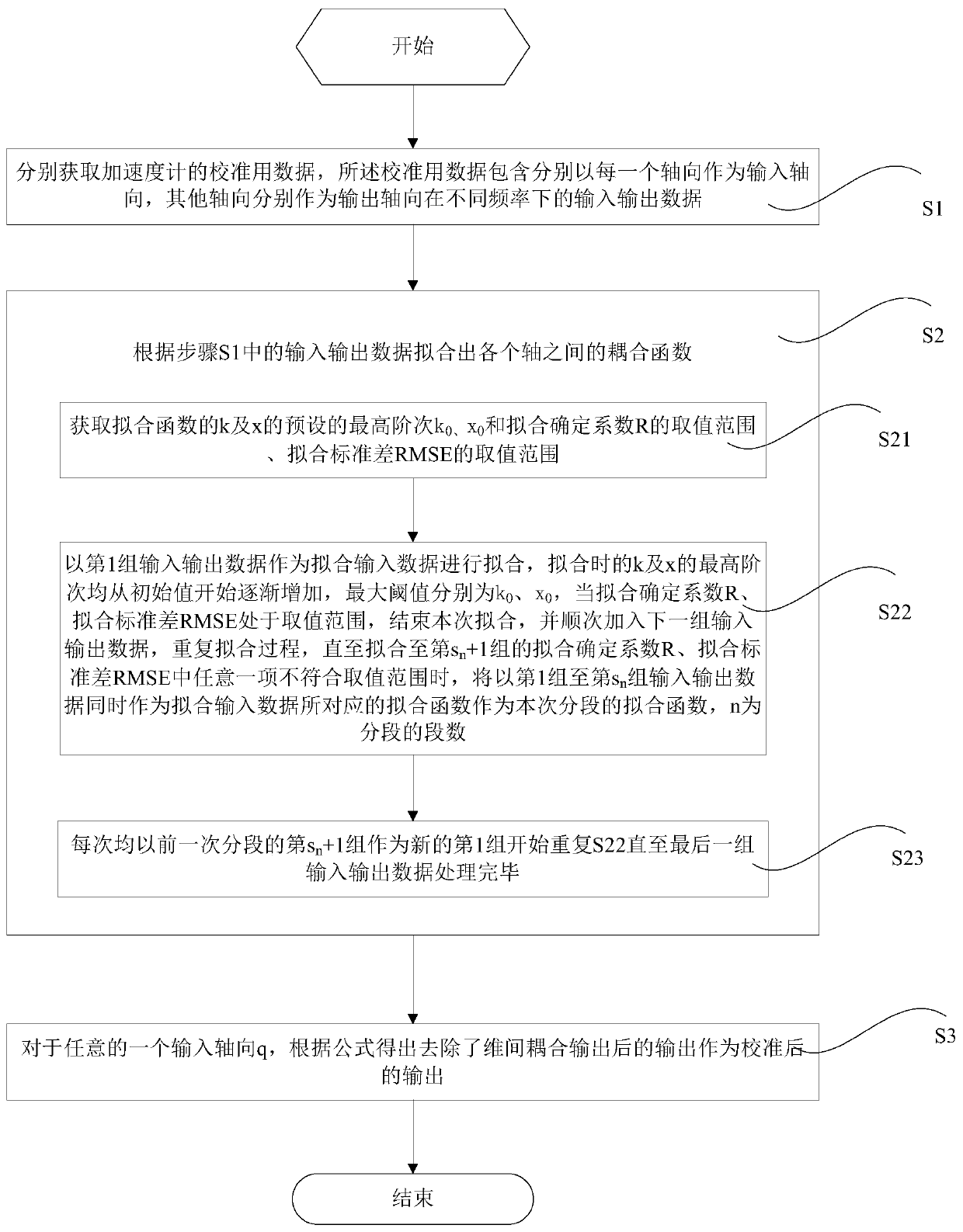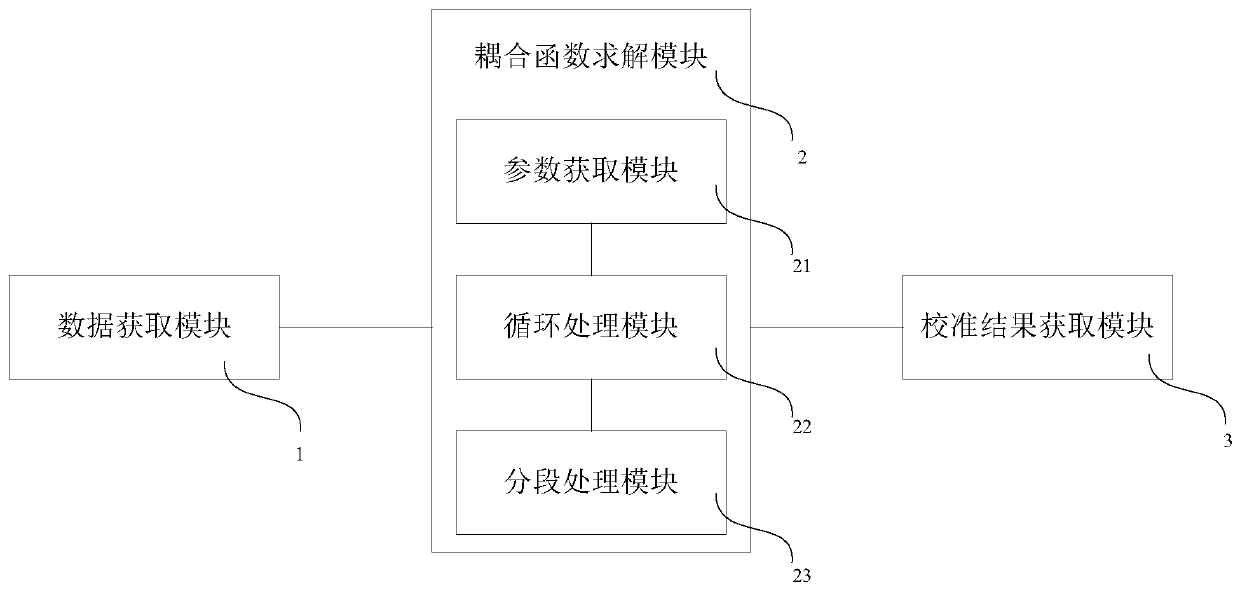A dynamic decoupling method and system for an accelerometer
A dynamic decoupling and accelerometer technology, applied in the testing/calibration of speed/acceleration/shock measurement equipment, speed/acceleration/shock measurement, instruments, etc., can solve large decoupling errors, poor real-time performance, decoupling The model is difficult to accurately estimate and other problems, achieving the effect of reducing complexity, reducing computing burden, and good applicability
- Summary
- Abstract
- Description
- Claims
- Application Information
AI Technical Summary
Problems solved by technology
Method used
Image
Examples
Embodiment Construction
[0049] In order to have a clearer understanding of the technical features, purposes and effects of the present invention, the specific implementation manners of the present invention will now be described in detail with reference to the accompanying drawings. The applicable accelerometer of the present invention is a three-component MEMS accelerometer, or the acceleration contained in a three-axis acceleration sensor, a three-dimensional torque sensor, a six-dimensional torque sensor, a multi-dimensional wheel force sensor, a three-dimensional force flexible tactile sensor, and a three-component geophone One of them will be selected as an illustration below.
[0050] Taking the three-component MEMS accelerometer as an example, for a certain input axis a and the corresponding output axis that is only affected by it in theory, u i For the input i axis amplitude, y j is the output j-axis amplitude, when no coupling occurs, there is y a = u a , and after adding the inter-dimens...
PUM
 Login to View More
Login to View More Abstract
Description
Claims
Application Information
 Login to View More
Login to View More - R&D
- Intellectual Property
- Life Sciences
- Materials
- Tech Scout
- Unparalleled Data Quality
- Higher Quality Content
- 60% Fewer Hallucinations
Browse by: Latest US Patents, China's latest patents, Technical Efficacy Thesaurus, Application Domain, Technology Topic, Popular Technical Reports.
© 2025 PatSnap. All rights reserved.Legal|Privacy policy|Modern Slavery Act Transparency Statement|Sitemap|About US| Contact US: help@patsnap.com



